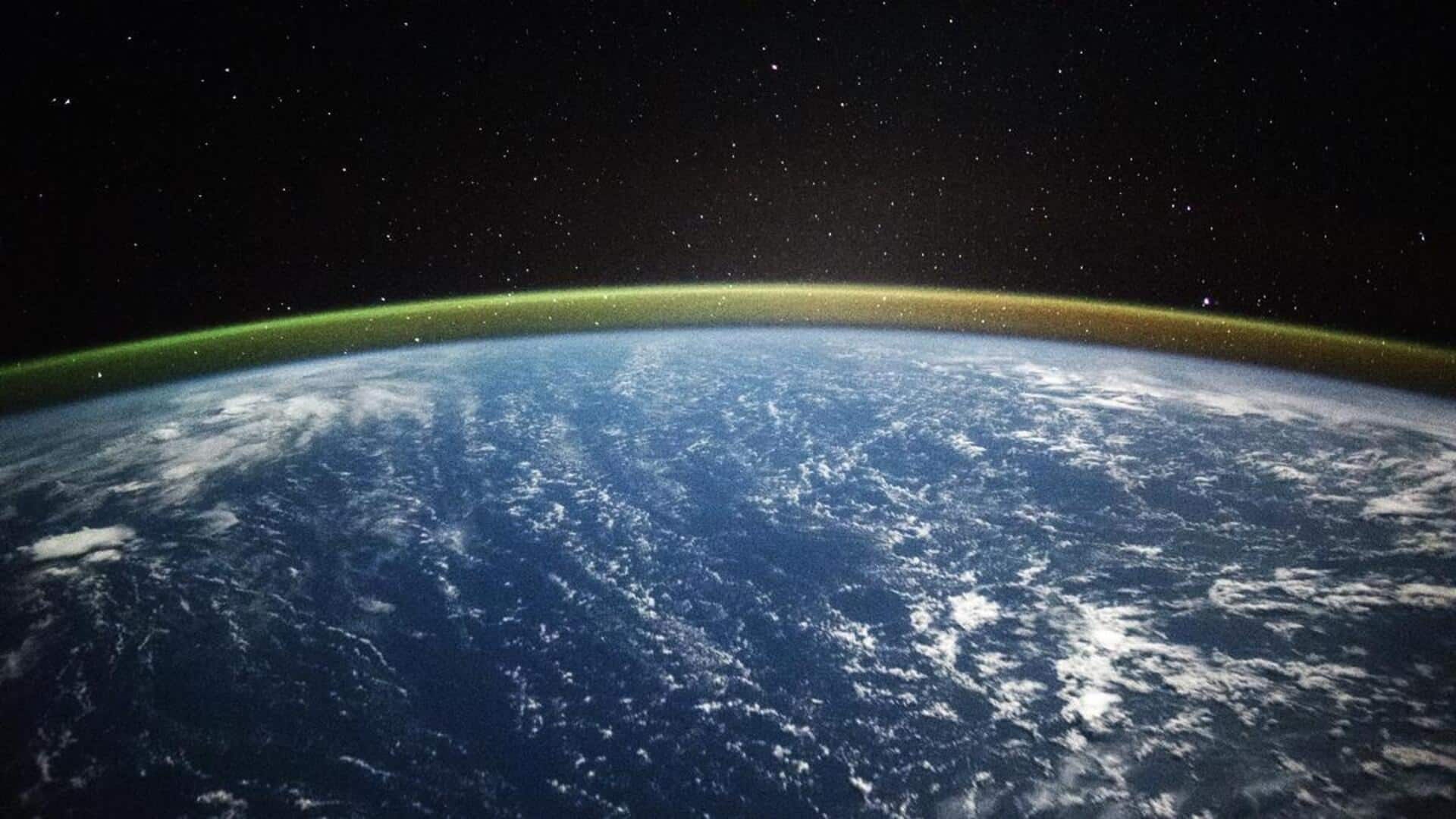
Ozone layer healing steadily, recovery to 1980s levels by 2050
What's the story
The World Meteorological Organization (WMO) has announced that the Earth's ozone layer is on track to heal, possibly returning to its 1980s levels by mid-century. The report also noted that the 2024 Antarctic ozone hole was smaller than in recent years. This positive trend is largely credited to the Montreal Protocol, which has phased out over 99% of the substances known to deplete the ozone.
Global impact
Montreal Protocol's role
The Montreal Protocol, adopted in 1987, has been instrumental in phasing out 99% of ozone-depleting chemicals such as chlorofluorocarbons (CFCs). The WMO and the United Nations Environment Programme (UNEP) have jointly reported that these efforts are expected to restore the ozone layer to levels similar to those of the 1980s by mid-century. This will significantly reduce health and environmental risks associated with increased UV radiation exposure.
UN response
UN chief's statement
The WMO's report was released on World Ozone Day (September 16), coinciding with the 40th anniversary of the Vienna Convention. UN Secretary-General Antonio Guterres said, "Forty years ago, nations came together to take the first step in protecting the ozone layer, guided by science, united in action." "This achievement reminds us that when nations heed the warnings of science, progress is possible," he added.
Health benefits
Health and environmental benefits
The WMO bulletin also highlighted that the recovery of the ozone layer will greatly reduce risks of skin cancer, cataracts, and damage to ecosystems. Matt Tully, Chair of WMO's Scientific Advisory Group on Ozone and Solar UV Radiation, emphasized that despite the success of the Montreal Protocol in reducing ozone depletion, there is still a critical need for systematic monitoring of stratospheric ozone and ozone-depleting substances.
Recovery signs
Smaller ozone hole this year
The WMO also noted that total stratospheric ozone cover was higher in 2024 than in previous years. The Antarctic ozone hole peaked on September 29 with a maximum ozone mass deficit of 46.1 million tonnes—less than the large holes seen between 2020 and 2023. Its onset was relatively slow, with delayed depletion in September followed by rapid recovery, indicating initial recovery of the Antarctic ozone hole.